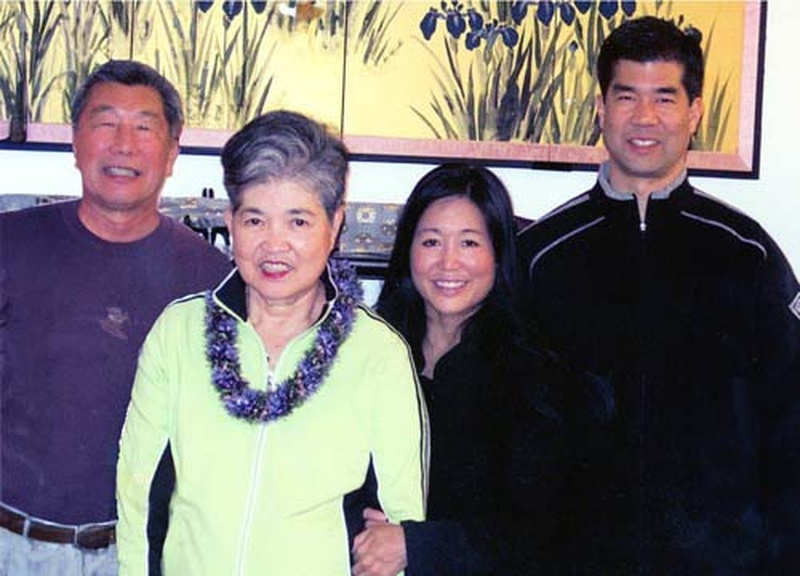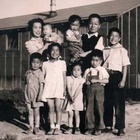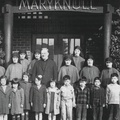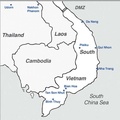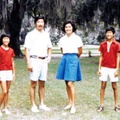In my eighty-plus years on this planet, I’ve had the opportunity to look at and live in various places including the continental United States, Alaska, the Pacific Islands and Asia. And, you know what? I’ve come to the conclusion that we who live in the Seattle area live in the best place in the world. Let me tell you why.
I was born and raised in Seattle. In my early years, I detested the rain and cool weather that prevailed throughout the year. In the summer, we had such a short period to go swimming in our beautiful Lake Washington. The winters were always rainy and wet. But I had to admit that the spring and fall here were and are still beautiful.
I had the opportunity to live and travel in various places, thanks to the US Air Force. It started with basic training in San Antonio, Texas, a flat and boring countryside where, in the summer, it was too hot to touch anything outdoors. Then, it was on to flight training in Houston, Texas, close to the beautiful Gulf of Mexico, but very humid. When I arrived there in August 1954, it was 92 degrees with 100% humidity. My body and clothes were perpetually sweaty outdoors. When that phase of training was over, it was on to Valdosta, Georgia, which was also hot and humid, for advanced training.
Upon finishing flight training, I was assigned to, lo and behold, Portland, Oregon! What a relief to be back in the Pacific Northwest with weather very similar to the Seattle area, comfort-wise. But I was allowed to remain there for only six months! Next, I received orders to Elmendorf Air Force Base, at Anchorage, Alaska, in October 1956. When I reached there, there were 10 inches of snow on the ground and the temperature was 15 degrees. However, the landscape was much more to my liking. The hills, mountains, and adjoining Cook Inlet were a little like Puget Sound. Moreover, since I was a skier, not only was there a small hill on the base equipped with a rope tow, there was great skiing in the nearby mountains on weekends!
However, as luck would have it, the plane I was flying, the F-89D interceptor, was declared obsolete, and I was assigned and transferred to guess where? Can you believe McChord AFB at Tacoma, Washington? What a break! While at McChord, my primary job was to fly transport planes back and forth across the Pacific through Hawaii, Wake Island, and on to Japan!
What was it like to fly the Pacific to Japan and back? Well, Hawaii is a beautiful place to live. The weather is much warmer than that of the PNW — with short-sleeve tolerable temperatures throughout the year —but lacks the variety of landscapes the Seattle area provides. The Big Island of Hawaii is somewhat different, especially with its volcanic mountains, though generally speaking, is quite consistent weather-wise. Wake Island is an extremely small, essentially tropical island that had enough room to house a runway and a series of transit-type buildings.
So, what about Japan? Well, never having lived there, and simply passing through it every month or so over a couple of years, allows me to state that it is subject to tropical storms that sweep through periodically during the summer, and is subject to rather severe earthquakes from time to time. However, generally speaking, portions of Japan have similar characteristics to Seattle.
But, getting back to the Seattle area, I was reveling in the unbelievable luck of being assigned to McChord AFB in Tacoma. I was right at home, doing something I had never thought possible: flying to Japan and back through Hawaii! Moreover, the flight crews were “staging” (remaining overnight) at each stop, except two or three nights in Japan.
The normal sequence for us during the month was to fly one three- or four-day mission to Elmendorf AFB, Alaska, and one to Japan and back. However, the married guys preferred to be away from home as little as possible, so many took my Alaska missions while I took their Japan missions. Thus, I was able to experience different weather and observe land conditions in the north Pacific for several years. I concluded that we still have the best weather and most interesting land in the PNW.
Not only that, my luck persisted, and would you believe, I met the love of my life, Elsie Yukiko Tanaka, at a Seattle Buddhist Church picnic in Lake Wilderness Park? She was visiting from Hawaii, which was her home. It eventually led to our marriage in 1961. As I was assigned for additional military training at Montgomery, Alabama, Elsie and I drove down the West Coast to L.A. to visit relatives, then across the southwest to Alabama. We lived there for four months of training, then drove up the East Coast to Boston to visit another relative. Finally, it was back across the U.S. along the northern part of the U.S. to Tacoma. That gave us a good look at the exterior of the U.S. We concluded that the Seattle area was much “prettier” than other outer portions.
Next came an assignment as a missile officer at Cheyenne, Wyoming. Cheyenne is located in the eastern foothills of the Rocky Mountains so the weather is rather difficult, primarily in the wintertime. Below-zero temperatures are quite common. The wind blows all the snow east into Nebraska, making that state very windy as well.
Then came a stint in Vietnam and Taiwan. In both places, the weather is warm and humid. I spent 10 months in Vietnam and two years with my family in Taiwan. Both have their hills and valleys with jungly growth throughout. Tropical rains were common in both places.
My final assignment was at Eglin AFB in the Florida panhandle. It’s right on the Gulf Coast and is very warm and humid. I used to retreat into all the air-conditioned buildings in the summer and ventured out only in the winter. It’s also a relatively favorite route of hurricanes. However, Elsie and our children, Kurt and Kara, enjoyed the white sand beaches there.
After leaving the Air Force, we returned to the Seattle area and have been here ever since. Even after resettling here, travels took us to a variety of places, primarily in the U.S. But, wherever I’ve been, I’ve always looked for a place with a saltwater body of water on one side, a large freshwater body of water on the other, beautiful mountains beyond the large bodies of water, a mild summer and a mild winter. As you might have guessed, I find that there’s only one place like that, right here in the Seattle area… HOME!
*This article was originally published in The North American Post on October 20, 2023.
© 2023 Shokichi "Shox" Tokita


